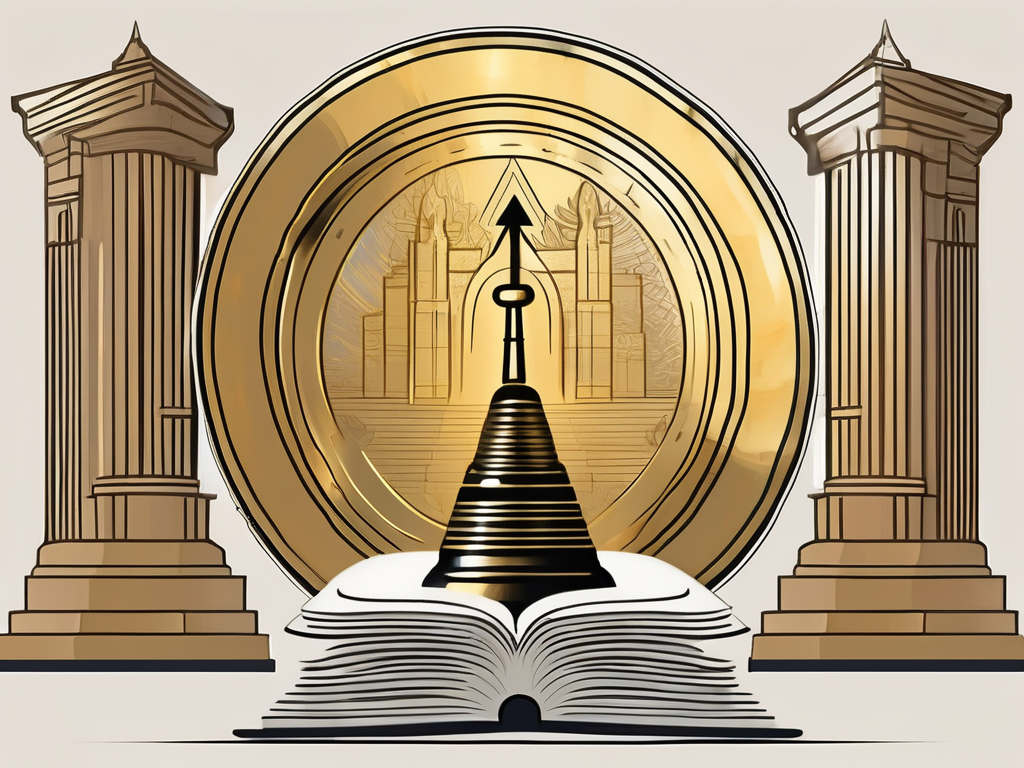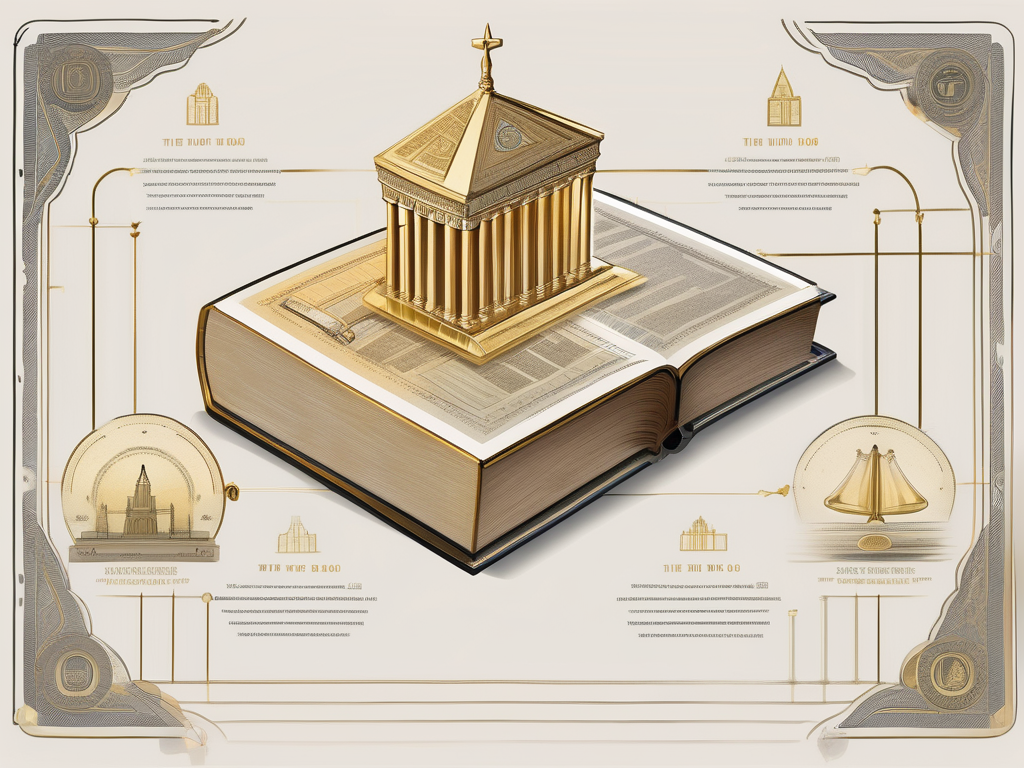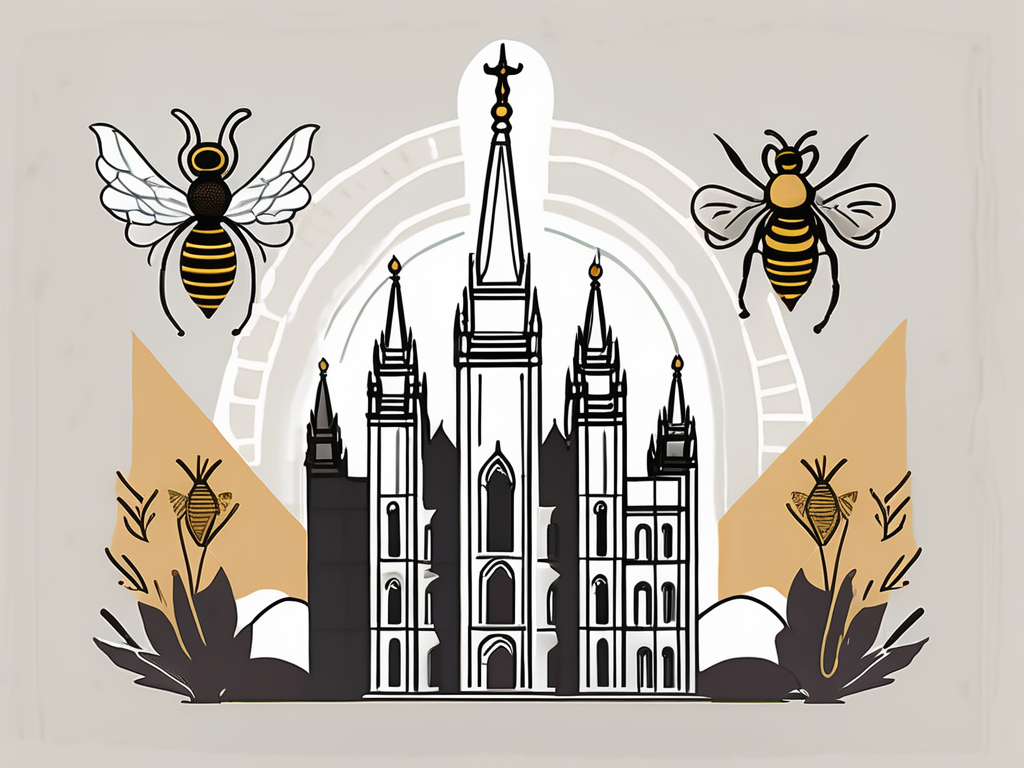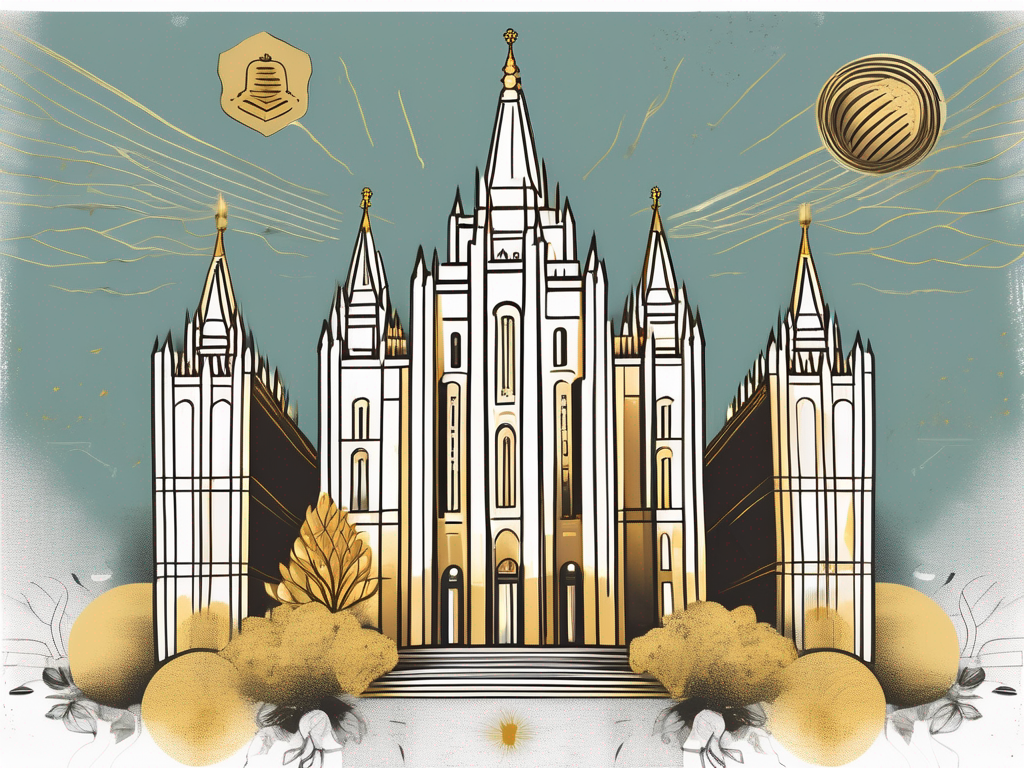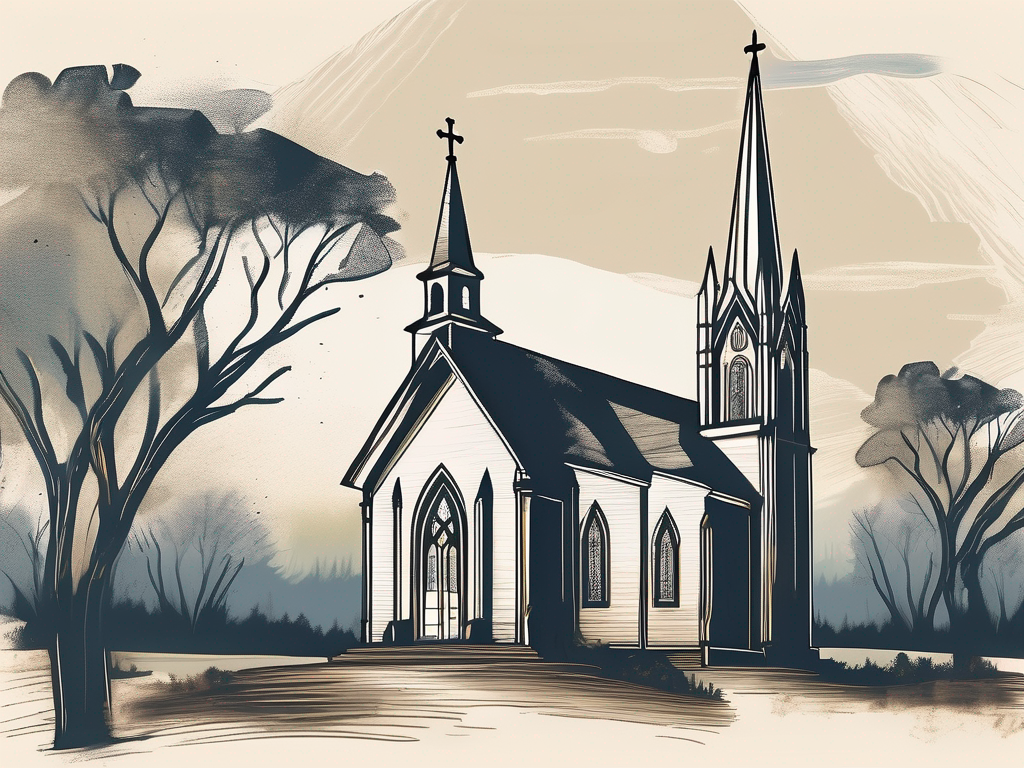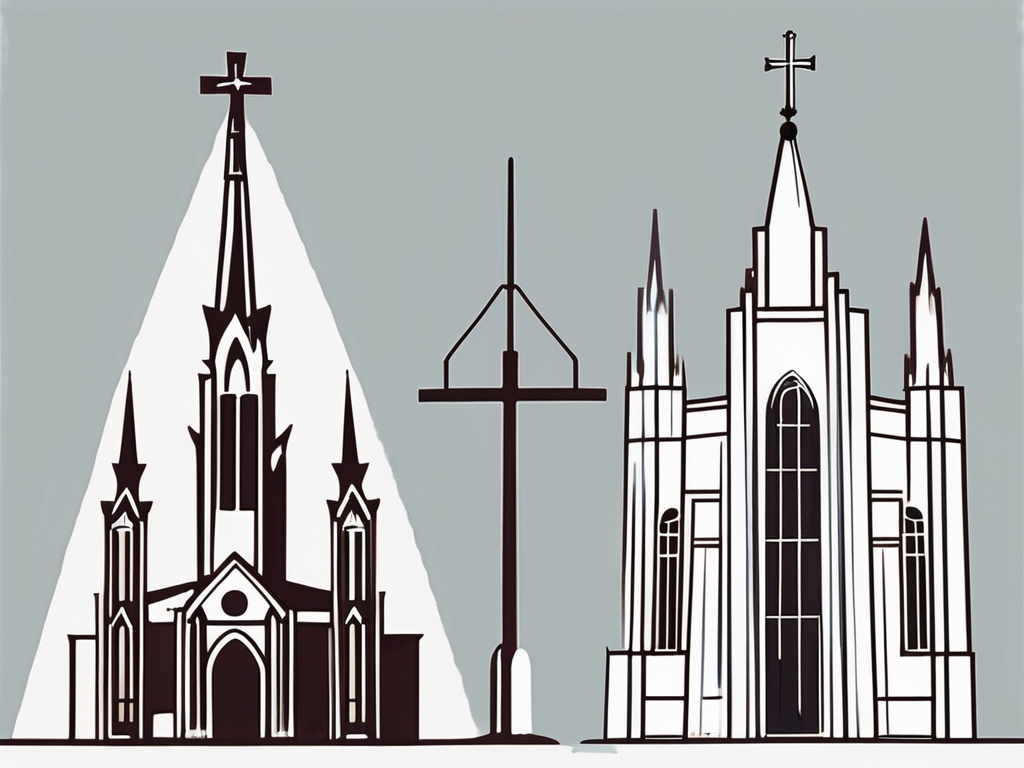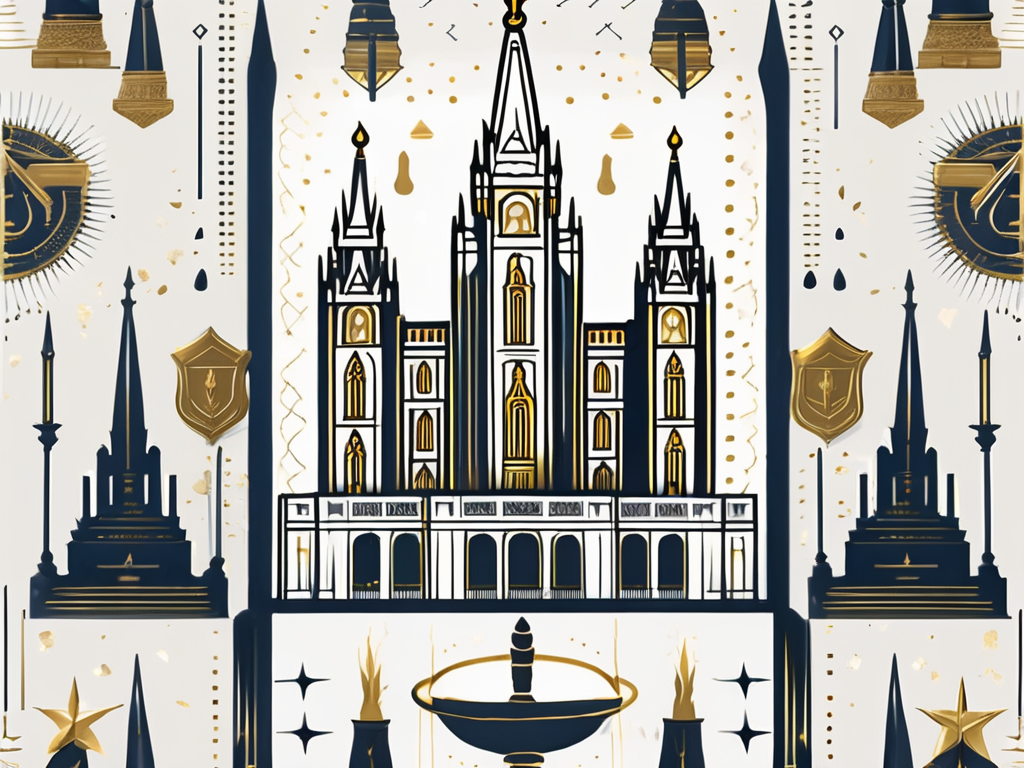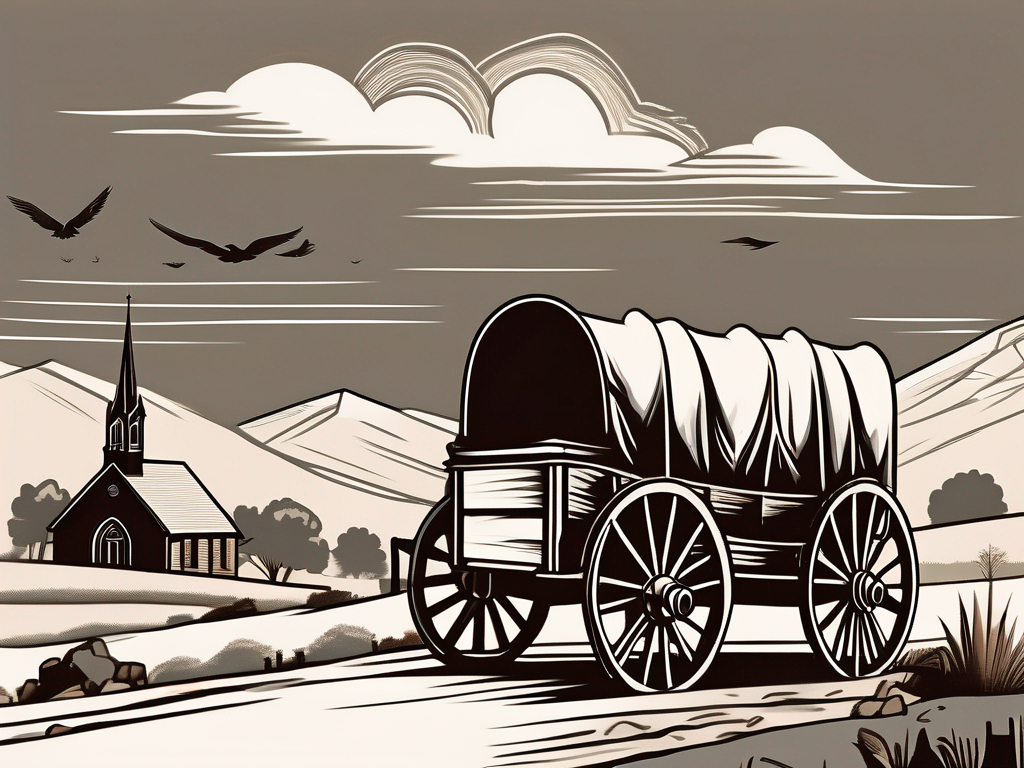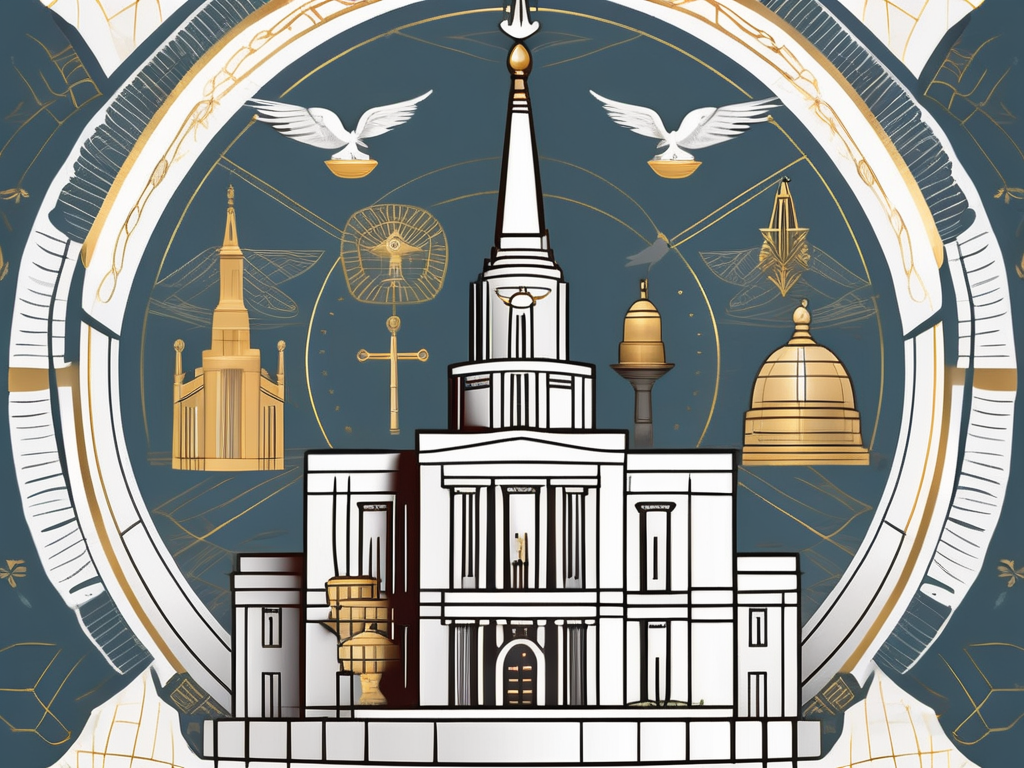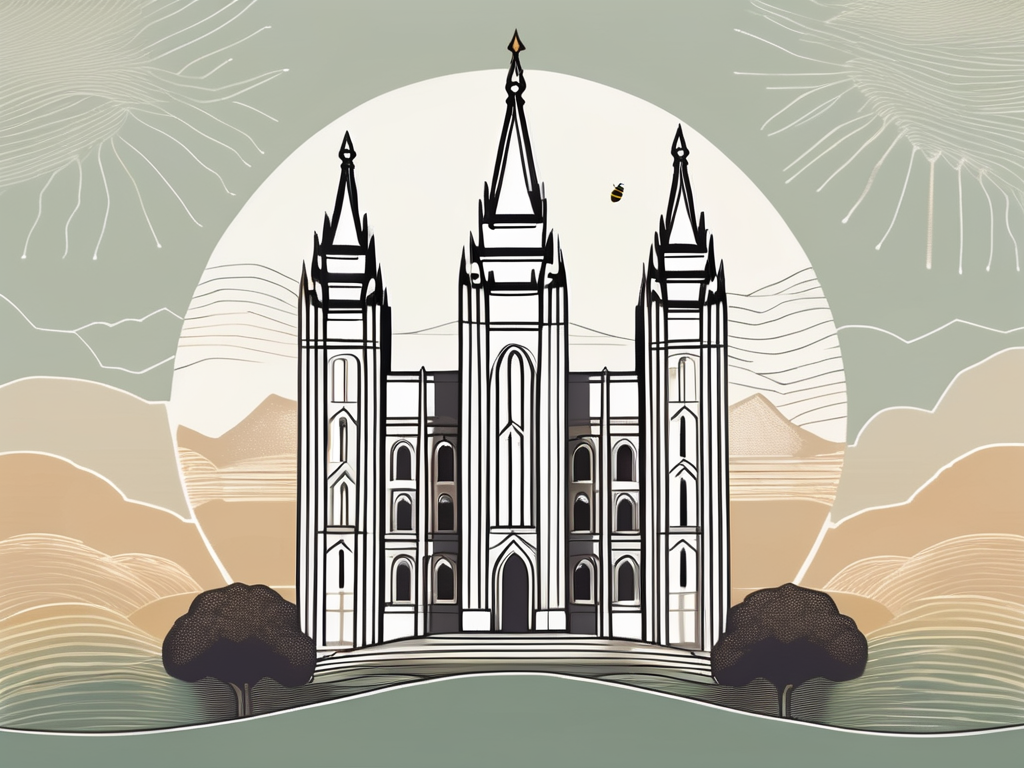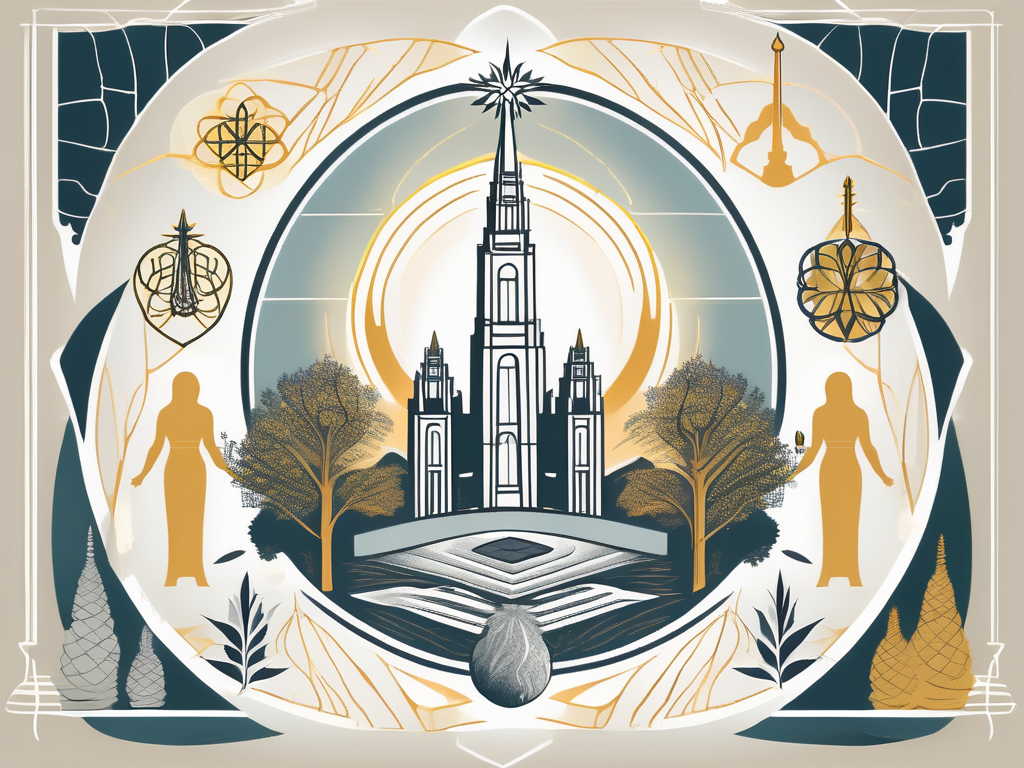Welcome to “Understanding Mormon Beliefs: A Comprehensive Guide”! In this article, we will delve into the origins, core beliefs, structure, practices, and concepts of the Mormon Church. Whether you’re new to this faith or simply curious, this guide will provide you with a deeper understanding of Mormonism.
The Origins of Mormonism
Let’s begin by exploring the fascinating history of the Mormon Church. Founded in the early 19th century in upstate New York, the Mormon movement traces its roots back to Joseph Smith.
The Founding of the Mormon Church: Joseph Smith, a young farmer, claimed to have received divine revelation and was visited by God the Father and Jesus Christ. This spiritual encounter led to the translation and publication of the Book of Mormon, which Mormons consider to be an additional testament of Jesus Christ alongside the Bible.
Key Figures in Early Mormonism: Aside from Joseph Smith, other important figures in the early Mormon movement include Brigham Young, who led the pioneers to Salt Lake City, and John Taylor, who served as the third president of the church.
Joseph Smith’s encounter with God and Jesus Christ marked the beginning of a religious movement that would have a profound impact on American history. The publication of the Book of Mormon, which Mormons believe to be a sacred text, brought forth a new understanding of Christianity and its teachings. This revelation not only challenged the existing religious landscape but also provided a sense of unity and purpose for those who embraced the faith.
Brigham Young, a prominent figure in early Mormonism, played a crucial role in the expansion of the church. After Joseph Smith’s death, Young assumed leadership and led the pioneers on a treacherous journey across the country to establish a new home in what is now known as Salt Lake City, Utah. This migration, known as the Mormon Pioneer Trek, was a testament to the dedication and perseverance of the early Mormon settlers.
John Taylor, the third president of the Mormon Church, continued to guide the faith through challenging times. He faced persecution and opposition, but his unwavering commitment to the principles of Mormonism helped solidify the church’s foundation. Under his leadership, the church grew and flourished, spreading its message of hope and salvation to believers around the world.
As the Mormon Church continued to grow, it faced criticism and controversy. The practice of polygamy, which was embraced by some early Mormon leaders, became a contentious issue that would shape the church’s history. Eventually, under pressure from the United States government, the church officially abandoned the practice in 1890, leading to a period of adjustment and reformation.
Today, the Mormon Church, officially known as The Church of Jesus Christ of Latter-day Saints, has millions of members worldwide. Its teachings and beliefs continue to inspire and guide individuals in their spiritual journeys. The history of Mormonism is a testament to the power of faith, resilience, and the ability to adapt in the face of adversity.
Core Beliefs of Mormonism
The Mormon faith is built upon a set of core beliefs that shape the lives of its followers. Understanding these beliefs is key to comprehending the Mormon perspective.
Mormonism, also known as The Church of Jesus Christ of Latter-day Saints, is a Christian religion that emerged in the early 19th century in the United States. It was founded by Joseph Smith, who claimed to have received divine revelations and restored the true gospel of Jesus Christ.
One of the central tenets of Mormonism is the belief in continuing revelation. Mormons believe that God continues to communicate with His children through modern-day prophets, just as He did in ancient times. This belief in ongoing revelation is what led to the creation of additional scriptures beyond the Bible.
The Book of Mormon
The Book of Mormon is considered by Mormons to be an ancient record of a group of Israelites who migrated to the Americas. They believe it was translated by Joseph Smith and is an additional witness of Jesus Christ’s ministry.
The Book of Mormon tells the story of these ancient inhabitants and their interactions with God. It contains teachings, prophecies, and testimonies of Jesus Christ, which Mormons believe complement and enhance the biblical teachings.
For Mormons, the Book of Mormon is not just a historical document but a spiritual guide that provides insights into the nature of God, the purpose of life, and the principles of salvation. It is seen as a tangible evidence of God’s love and involvement in the lives of His children throughout history.
The Doctrine and Covenants
In addition to the Book of Mormon and the Bible, Mormons also consider the Doctrine and Covenants to be scripture. It contains revelations, commandments, and teachings received by Joseph Smith and subsequent prophets.
The Doctrine and Covenants serve as a guide to moral and spiritual living and provide valuable instructions for the governance of the Church. It addresses various topics, including the organization of the Church, principles of faith, repentance, baptism, and the gift of the Holy Ghost.
Through the Doctrine and Covenants, Mormons believe they receive divine guidance and direction for their personal lives and for the Church as a whole. It is a testament to the belief that God is actively involved in the affairs of His children and provides ongoing revelation to guide them in their journey towards salvation.
By studying and adhering to the teachings found in the Book of Mormon and the Doctrine and Covenants, Mormons seek to deepen their understanding of God’s plan, strengthen their faith, and live in accordance with His commandments.
These scriptures, along with the Bible, form the foundation of Mormon beliefs and practices. They are seen as sacred texts that provide guidance, inspiration, and a deeper connection to God.
Overall, the core beliefs of Mormonism revolve around the belief in modern-day revelation, the divinity of the Book of Mormon, and the importance of the Doctrine and Covenants as a source of spiritual guidance. These beliefs shape the lives of Mormons and guide them in their quest for spiritual growth and eternal salvation.
The Structure of the Mormon Church
Now, let’s explore the organizational structure of the Mormon Church and the roles of its key leaders.
The Mormon Church, officially known as The Church of Jesus Christ of Latter-day Saints, is a hierarchical organization with a clear structure that ensures the smooth functioning of the Church and the spiritual guidance of its members. At the helm of this structure is the Prophet, who is considered the President of the Church. This individual is believed to be a direct successor of Joseph Smith and is considered the voice of God on earth. The Prophet receives revelation for the entire Church and leads the faithful in accordance with divine guidance.
The role of the Prophet is pivotal in maintaining the unity and direction of the Church. Through their inspired leadership, they provide guidance, inspiration, and spiritual nourishment to millions of members worldwide. They are seen as the spiritual shepherd of the Church, leading the flock towards salvation and eternal happiness.
The Role of the Prophet
The Prophet, as the President of the Church, holds the highest authority and responsibility within the Mormon Church. They are regarded as the mouthpiece of God and are responsible for receiving and interpreting divine revelation. This revelation can come in various forms, such as personal inspiration, visions, or dreams. The Prophet then shares these revelations with the Church, providing guidance on matters of doctrine, policy, and spiritual matters.
Furthermore, the Prophet is responsible for leading the Church in its mission to spread the teachings of Jesus Christ and bring salvation to all people. They oversee the administration of the Church, including the appointment of leaders, the organization of congregations, and the management of Church resources. The Prophet’s role is not only spiritual but also administrative, ensuring the smooth operation of the Church on a global scale.
The Quorum of the Twelve Apostles
Working closely with the Prophet, the Quorum of the Twelve Apostles plays a crucial role in guiding and teaching the Church worldwide. Composed of twelve individuals who are considered special witnesses of Jesus Christ, the Quorum of the Twelve Apostles is responsible for spreading the gospel, ministering to the needs of members, and providing spiritual guidance.
Members of the Quorum of the Twelve Apostles are called to serve as apostles by the Prophet himself. They are chosen based on their faithfulness, spiritual maturity, and dedication to the Church. Once called, these apostles devote their lives to the service of God and His children. They travel extensively to fulfill their apostolic duties, visiting congregations, meeting with Church leaders, and ministering to members around the world.
Their collective wisdom and guidance are crucial in the decision-making processes of the Church. Together with the Prophet, they discuss and deliberate on matters of doctrine, policy, and the overall direction of the Church. Their diverse backgrounds, experiences, and perspectives contribute to the richness and depth of their counsel, ensuring that the Church remains true to its principles and teachings.
In addition to their apostolic responsibilities, members of the Quorum of the Twelve Apostles also serve as special witnesses of Jesus Christ. They testify of His divinity, His atoning sacrifice, and His role as the Savior and Redeemer of all mankind. Their testimonies, grounded in personal revelation and spiritual experiences, strengthen the faith of members and provide a solid foundation for the Church’s teachings.
In conclusion, the organizational structure of the Mormon Church is designed to provide spiritual guidance, leadership, and unity among its members. The Prophet, as the President of the Church, holds the highest authority and receives divine revelation for the entire Church. Working closely with the Prophet, the Quorum of the Twelve Apostles plays a vital role in guiding and teaching the Church worldwide. Together, these leaders ensure that the Mormon Church remains true to its principles and continues to fulfill its mission of bringing salvation and eternal happiness to all who seek it.
Mormon Practices and Rituals
Now let’s delve into the practices and rituals that are integral to the Mormon faith.
The Mormon faith is rich in practices and rituals that hold deep significance for its members. These practices not only strengthen their relationship with God but also serve as a constant reminder of their commitment to live the teachings of Jesus Christ.
Baptism and Confirmation
Mormons practice baptism by immersion, believing it is essential for the remission of sins and the beginning of a new life in Christ. This sacred ordinance is performed by authorized priesthood holders and is a momentous occasion in the life of a Mormon.
During the baptismal ceremony, individuals are fully immersed in water, symbolizing the washing away of their sins and the desire to follow the example of Jesus Christ. This act of immersion represents a rebirth and a fresh start in their spiritual journey.
Following baptism, individuals are confirmed as members of the Church and receive the Gift of the Holy Ghost through the laying on of hands. This confirmation is performed by priesthood holders who invoke the power of the Holy Ghost to be with the newly baptized member.
These sacred ordinances carry great meaning and symbolize the commitment and dedication to living the teachings of Jesus Christ. They mark the beginning of a lifelong journey of faith and discipleship.
The Sacrament
The Sacrament, also known as the Lord’s Supper, is a weekly ritual in which Mormons partake of bread and water. This ceremony serves as a powerful reminder of Christ’s atoning sacrifice and provides an opportunity for personal reflection and repentance.
As Mormons gather on Sundays, they come together to partake of the Sacrament. The bread, which represents the body of Christ, is broken and distributed to the congregation. Each member takes a piece of bread and partakes of it, signifying their willingness to remember and follow the Savior.
After the bread is passed, water is then distributed to the congregation. This water represents the blood of Christ and serves as a symbol of the cleansing power of His atonement. Members partake of the water, renewing their commitment to live according to Christ’s teachings and to repent of their sins.
The Sacrament is also seen as a time for renewing covenants and strengthening one’s relationship with God and fellow members of the Church. It is a moment of introspection and gratitude, as Mormons reflect on the blessings they have received through the Savior’s sacrifice.
Through these practices and rituals, Mormons find strength, guidance, and a deep connection to their faith. They serve as a constant reminder of their commitment to follow Jesus Christ and strive to live a life of love, service, and discipleship.
Mormonism and the Concept of Afterlife
Lastly, let’s explore the Mormon perspective on the afterlife and the concept of a divine plan for each individual.
The Plan of Salvation
Mormons believe in a loving Heavenly Father who has a plan for the progression and happiness of all His children. This plan, known as the Plan of Salvation, outlines the purpose of mortal life and the eternal potential of every soul.
According to this belief, individuals can progress through various stages after death, including the opportunity for eternal life and the potential to become like God.
The Three Degrees of Glory
Mormons believe in a concept known as the Three Degrees of Glory, which categorizes different levels of post-mortal existence. These degrees are the Celestial Kingdom, the Terrestrial Kingdom, and the Telestial Kingdom.
Each kingdom has its own characteristics and opportunities for growth, reflecting the varying obedience and righteousness of individuals during their lives.
By exploring the origins, core beliefs, structure, practices, and concepts of Mormonism, we hope this guide has provided you with a comprehensive understanding of this faith. Remember, this article offers a brief overview, and further study and engagement with members of the Mormon Church may deepen your knowledge and insight into their beliefs.
May this guide inspire respect and appreciation for the rich tapestry of religious diversity that exists in our world today.
